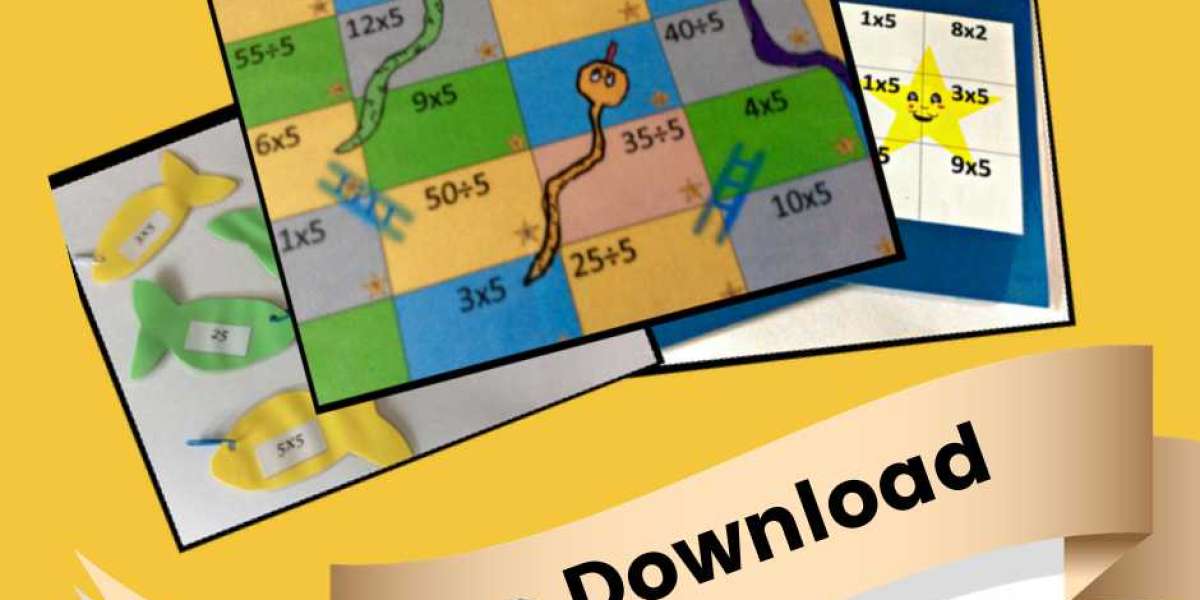Support your child with their times tables
Times tables are the backbone of just about everything we do in maths but for many, learning them is a considerable challenge.
At school, you were possibly taught them by parroting them off by rote, or by the teacher suddenly turning to you and asking you the answer to one as part of a class tables test. Maybe, your torture was less public, and the test would be written down then marked by the person sitting next you. No matter the method, for most people learning their times tables does not conjure up happy memories.
So, starting from the beginning how do we learn?
Although this was learned whilst studying about the dyslexic brain, I believe it is true of most people and can be applied accordingly.
If you, the teacher were to give your child a worksheet of questions focusing on the times tables, you would help them to create a memory. If you gave them a second similar worksheet, it would be stored away in the brain in the same place making the initial memory stronger. However, when they need to recall that information there is only one place that their brain can go to where they can access that information.
Instead, what is needed is to create multiple memories, so that when your brain is thrashing around inside your head trying to find that relevant piece of information it has numerous places it can go to find it.
Where do I start?
When it comes to the times tables, I wouldn’t try to teach them in numerical order. If you do, you will end up tackling many of the harder ones before you encounter the easier ones.
Instead, I would start with the 2’s (as that is just doubling numbers and can be done with adding), then 10’s as we can just move the decimal point along one place (ie. Pop a zero on the end). Then I would move on to the 5’s as it has such a clear pattern: ending in 5,0, 5, 0, 5, 0 etc.
From here, I would address the 11’s then the 9’s as the 9’s have so many tricks to help you to learn them.
By now, you have covered the 2’s, 10’s, 5’s, 11’s, 9’s. That’s nearly half of them.
Never try to rush them as half the goal is to build confidence and as you encounter some of the later ones, you can turn back to these ones with confidence to help you.
After the 9’s, the order becomes a bit hazier, but I would probably suggest the 6’s as you can simply multiply by 5 and 1, then add the answers together. Simple.
The 7’s and 12’s can use similar devises: for the 7’s multiply by 5 and 2, then for the 12’s multiply by 10 and 2 and again add the answers together.
The 3’s, 4’s, 8’s I would suggest are the hardest as there are fewer patterns and tricks to rely on. However, give your child as many visual aids, and as much support as they need so that you can help them to boost their confidence. The more confident they become the less reliant they will be upon using the aids. It’s a bit like when a baby starts to learn to walk. Initially, you are there holding both hands ready to catch them before they fall, then as they get more confident and they start to find their feet, you let go with one hand and then the other and suddenly they are running around, and you can’t imagine a time when they weren’t dashing here, there and everywhere with such confidence and ease.
Supporting our children academically is in many ways just the same. Be there and let go gradually as they no longer need your help and have the confidence to move on by themselves.
So, how can we help them to create multiple memories and store the times tables in multiple places within their brains?
Before I say, please can I justify my logic a bit more. When we are stressed, our brain is distracted, our focus is how can I get out of this, what if I don’t know the answer and I make myself look stupid. What if people judge me and think I’m stupid…?
To overcome this, we need to ensure that the person we are working with is relaxed. We also want to introduce a variety of methods which can be repeated. The variety to create the multiple memories, but the repetition to reinforce the information and make it stronger.
That is why I am a huge advocate for using games.
Hopefully by playing games the child will relax; they will be happy to participate. The more they participate the better they become. With knowledge comes confidence, with confidence comes a willingness to participate and it becomes a spiral of success, positivity, triumph!
The 3 games we probably play the most to support the times tables at Clara James Tutoring are Jenga, noughts and crosses, and pairs. There are many others, but I won’t bore you with them all now, but if you want to learn more, you can download more suggestions here: theclarajamesapproach.co.uk/times-tables-download
Jenga was first introduced when we had to help a lad with his handwriting. It was suggested that the pincer grip needed to remove the brick was like that needed to support holding the pen. However, playing Jenga for an hour seemed hard to justify.
So, words were written on each brick and as you removed it from the tower, you had to write that word in a sentence.
It was a hit, so modifications were made so that we could use the game to support more children in more ways.
So, we added numbers to the bricks. This time you pick a times table that you want to focus on and remove a brick from the tower. Whatever number was written on the brick had to be multiplied by your focus times table.
Again, a hit and since then this version of Jenga has become one of the most popular games that we play.
Noughts and crosses, or tic-tac-toe, has always been another popular game. Draw your noughts and crosses grid and write a number in each square. Again, choose your times table. This time your goal is to get a line of 3 before the other person does, but to claim your square you must multiply the number written there by your chosen times table.
The final game, pairs is another hit.
Cut a piece of paper into 24 pieces of similar size (I normally make this as a word document and back the bits of paper so that you can’t see through them, but it is up to you. It depends how often you think you will play the game). On half of the pieces of paper you will write a question relating to your chosen times table. On the other half you will write the answers.
Now place them all face down on the table. The first person picks up 2. If they are a corresponding question and answer, they keep them and have another go. If not, they are put back down in the position that they found them. The other person then has a go. The person with the most pairs at the end, wins.
(Be aware that if you are playing this on a glass table and the other person keeps dropping things under the table, there is potentially an ulterior motive!)
Through the whole progress recognise any improvement made. Offer praise when appropriate even if it is for something small. An accumulation of all those tiny wins will bring success in the end. Rome wasn’t built in a day, and learning the times tables won’t be an overnight win either. In fact, the more you try to rush it, the more detrimental it could be as you won’t be giving the concrete in the foundations time to settle.
If you would like to chat more about supporting your child with their times tables you can get our free download here: theclarajamesapproach.co.uk/times-tables-download








